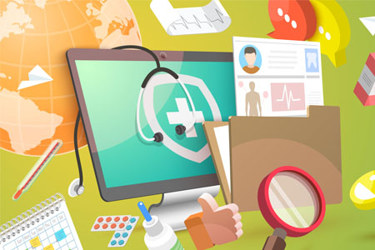Acquiring Data From The Source: The Future Of EHR-to-EDC Technology

Unlocking the potential of EHR-to-EDC technology in clinical research holds numerous benefits for sponsors, CROs, and sites. With expanded access to data, these stakeholders can expect shorter study timelines, reduced monitoring costs, and fewer queries. This is achieved by eliminating duplicative data entry and efficiently transferring structured data, such as lab results, especially in phase one oncology studies. The technology's ability to handle trial-specific and unstructured data, like free text notes, further enhances efficiency and accuracy. These expanded capabilities alleviate the data burden on sites, enhance the trial execution experience, and accelerate clinical research timelines.
While the adoption of EHR-to-EDC technology is not yet widespread, innovation groups at sponsor companies and technology-focused CROs are more open to considering these changes. Being an earlier adopter presents an opportunity for companies to progress and avoid being left behind. Trust in the technology and minimizing source data verification are crucial to realizing its value. Flexibility in global data standards and CRF formats also maximizes the benefits. Looking ahead, there is a potential shift towards an EDC-less world, where data is directly transferred from the EHR system to the sponsor's database, simplifying the clinical trial experience. Stay ahead of the curve and embrace the potential of EHR-to-EDC technology in clinical research.
Get unlimited access to:
Enter your credentials below to log in. Not yet a member of Clinical Leader? Subscribe today.
